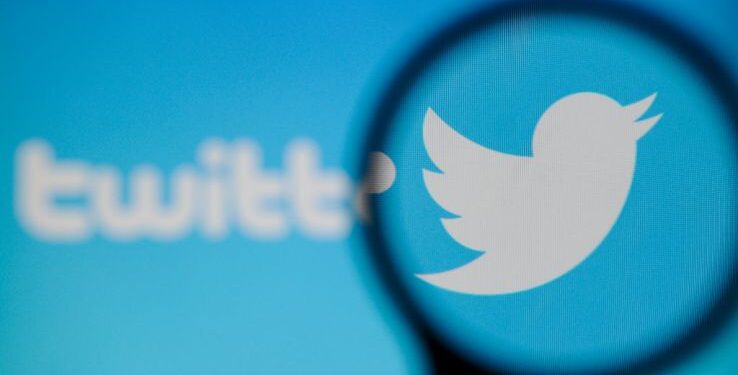Twitter is cracking down on bots after it announced changes to its API that will massively reduce the impact of services that allow links and content to be shared across multiple accounts, i.e. the software that powers Twitter bots.
So that means an end to services that let those controlling large numbers of accounts to batch tweet, follow users, retweet or like tweets. Twitter will continue to allow content to be posted to accounts using software, for example, weather alerts, RSS feed updates and more, but they will now be limited to a single account going forward.
“These changes are an important step in ensuring we stay ahead of malicious activity targeting the crucial conversations taking place on Twitter — including elections in the United States and around the world,” Yoel Roth, who heads up API policy and product trust, for Twitter explained in a blog post.
There is a small caveat for public service-related information.
“As a sole exception to this rule, applications that broadcast or share weather, emergency, or other public service announcements of broad community interest (for example, earthquake or tsunami alerts) are permitted to post this content across multiple accounts who have authorized an app,” Roth wrote.
The new measures are a clarification of a crackdown that Twitter first announced in January in response to concerns around how the platform was used in relation to the 2016 U.S. Presidential election.
Overall, it’s a shame. Bots can be great when put to work properly — researchers have come to that very conclusion — but some internet people are inherently bad and bot networks can be used to give them oversized influence and power. For example, Twitter itself has confirmed that there were over 50,000 Russia-linked bots that attempted to interfere with the election.
It isn’t exactly clear what size audience those bots reached overall, but it is likely to be some way lower than the Russia-backed election meddling efforts on Facebook, which are said to have reached nearly 150 million of the social network’s users.
“Since June 2017, we’ve removed more than 220,000 applications in violation of our rules, collectively responsible for more than 2.2 billion low-quality Tweets,” Twitter said last month.
For anyone who has been at the receiving end of bots — whether it be spam or more serious incidents such as harassment — Twitter’s move to restrict what is possible is long overdue. App developers have until March 23 of this year to make the necessary changes to comply with this new policy so we’ll get a chance to see what a difference this makes right after that date.
Already there has been some controversy after the social network removed large numbers of suspected bot accounts from its service this week. In doing so, some users’ follower counts were reduced. The numbers seemed to particularly hurt conservative and right-wing opinionated users who cried foul play, as Gizmodo reports.
Twitter is cracking down on bots after it announced changes to its API that will massively reduce the impact of services that allow links and content to be shared across multiple accounts, i.e. the software that powers Twitter bots.
So that means an end to services that let those controlling large numbers of accounts to batch tweet, follow users, retweet or like tweets. Twitter will continue to allow content to be posted to accounts using software, for example, weather alerts, RSS feed updates and more, but they will now be limited to a single account going forward.
“These changes are an important step in ensuring we stay ahead of malicious activity targeting the crucial conversations taking place on Twitter — including elections in the United States and around the world,” Yoel Roth, who heads up API policy and product trust, for Twitter explained in a blog post.
There is a small caveat for public service-related information.
“As a sole exception to this rule, applications that broadcast or share weather, emergency, or other public service announcements of broad community interest (for example, earthquake or tsunami alerts) are permitted to post this content across multiple accounts who have authorized an app,” Roth wrote.
The new measures are a clarification of a crackdown that Twitter first announced in January in response to concerns around how the platform was used in relation to the 2016 U.S. Presidential election.
Overall, it’s a shame. Bots can be great when put to work properly — researchers have come to that very conclusion — but some internet people are inherently bad and bot networks can be used to give them oversized influence and power. For example, Twitter itself has confirmed that there were over 50,000 Russia-linked bots that attempted to interfere with the election.
It isn’t exactly clear what size audience those bots reached overall, but it is likely to be some way lower than the Russia-backed election meddling efforts on Facebook, which are said to have reached nearly 150 million of the social network’s users.
“Since June 2017, we’ve removed more than 220,000 applications in violation of our rules, collectively responsible for more than 2.2 billion low-quality Tweets,” Twitter said last month.
For anyone who has been at the receiving end of bots — whether it be spam or more serious incidents such as harassment — Twitter’s move to restrict what is possible is long overdue. App developers have until March 23 of this year to make the necessary changes to comply with this new policy so we’ll get a chance to see what a difference this makes right after that date.







